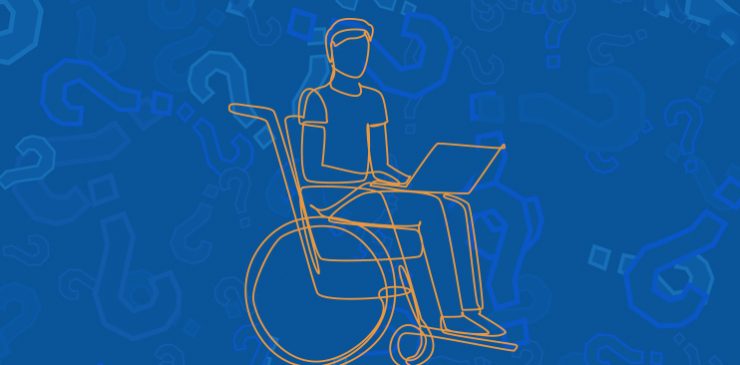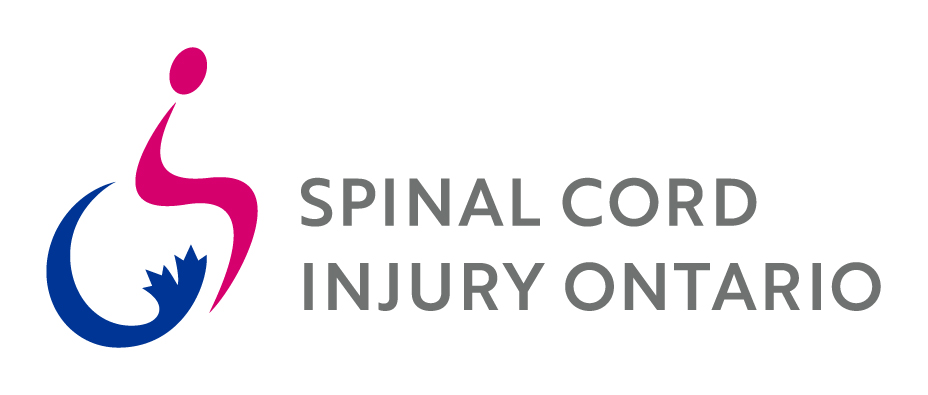SCIO’s Peter Athanasopoulos, Director of Public Policy weighs in on the subject, reflecting on the key obstacles that ODSP has to maintaining full-time employment.
“The current model of ODSP forces people to stay on it. The cost of rent is extremely high in Ontario and most people with disabilities simply cannot afford to work without having access to a comprehensive benefits package. Combine that with the costs needed to cover disability expenses, and you have people stuck on ODSP without being able to progress,” he shares.
With most benefit packages not including coverage for disability needs such as the cost of repairs for mobility devices or bowel and bladder care supplies, many people with disabilities cannot afford to lose ODSP.
Although ODSP encourages the gainful employment of people with disabilities, the restrictions on earnings make it difficult for people to transition into the workplace and remain employed. Currently, people could earn up to $200 a month, before half of every dollar is cut from their monthly income support. “You should be able to make more money and still receive ODSP,” says Peter. Indeed, $200 is barely enough to cover a month’s worth of groceries – this keeps people financially stagnant and at risk of losing their income support altogether, should they wish to work more.
For people with disabilities, managing the complicated and onerous realities of ODSP on top of maintaining full-time work, medical needs and accessible transportation just to name a few is certainly not easy. “There is a ton of paperwork and reporting to be done, so it’s easy to feel like your every move is being scrutinized and you’re doing something wrong,” says Peter. “It would be beneficial to make the program easier to access with less paperwork, and to create real, tangible opportunities for people to get off the program completely.”
Despite the challenges that are imposed by ODSP’s current model, there are ways that one can navigate ODSP’s requirements while transitioning into the workplace.
If you’re newly employed or hope to be working soon, here are some tips to help you navigate your new role without losing out on ODSP:
Apply for a Start-up Fund
When you’re searching for work, it can get expensive to cover the cost of transportation to job interviews, professional clothing and other items that will help you succeed. Applying for ODSP’s Employment and Training Start-up Benefit can help you cover the cost of such things.
You can receive up to $500 in a 12-month period.
To gain access to the start-up benefit, reach out to your local ODSP office or caseworker and explain that you are searching for work and need financial assistance with some items. Be sure to keep your receipts of items purchased, as you may be required to submit them afterwards.
Keep copies of all your pay stubs for reporting purposes.
Each month, you will be required to submit your earnings to your caseworker. You can do so by mail or fax, however, most ODSP offices now offer the option to submit your earnings via email. Download your pay stubs in PDF format and attach them in your email, indicating your ODSP member ID number.
Even if you no longer require ODSP’s income support, submitting your monthly earnings will qualify you for a transitional benefit – this means that you can earn any amount of money, but still receive coverage for medical supplies, wheelchair repairs, dental care and more, until you gain access to equal or better coverage through your employer.
By submitting your earnings regularly, it will also be easier to regain access to income support through rapid reinstatement in the event that you are no longer able to work. If you do not submit your earnings monthly, you will need to apply for the program all over again.
Stay Connected to your Caseworker
As you transition to your new role, you may have questions about maintaining a job and ODSP. Reach out to your caseworker directly if you would like to clarify anything. Remember, your caseworker is available to answer your questions and provide support with any ODSP related inquiries.
Your caseworker may be aware of additional training or employment programs that might be a good fit for you, and they can provide resources and tips on how to navigate your new job with ODSP’s policies and rules.
Find the Right Fit
Finding meaningful work can feel like a challenge. You may have a gap in your resume, specific accessibility needs, or you may want to learn new skills to become more competitive. SCIO Employment Services is equipped to help you navigate your job hunt. Our Skills for Success workshops can help fine tune your job-hunting skills and create an impactful and competitive resume.
The Job Seeker Toolkit and Cortree courses are valuable online resources. Help is just a click away on sciontario.org/employment






